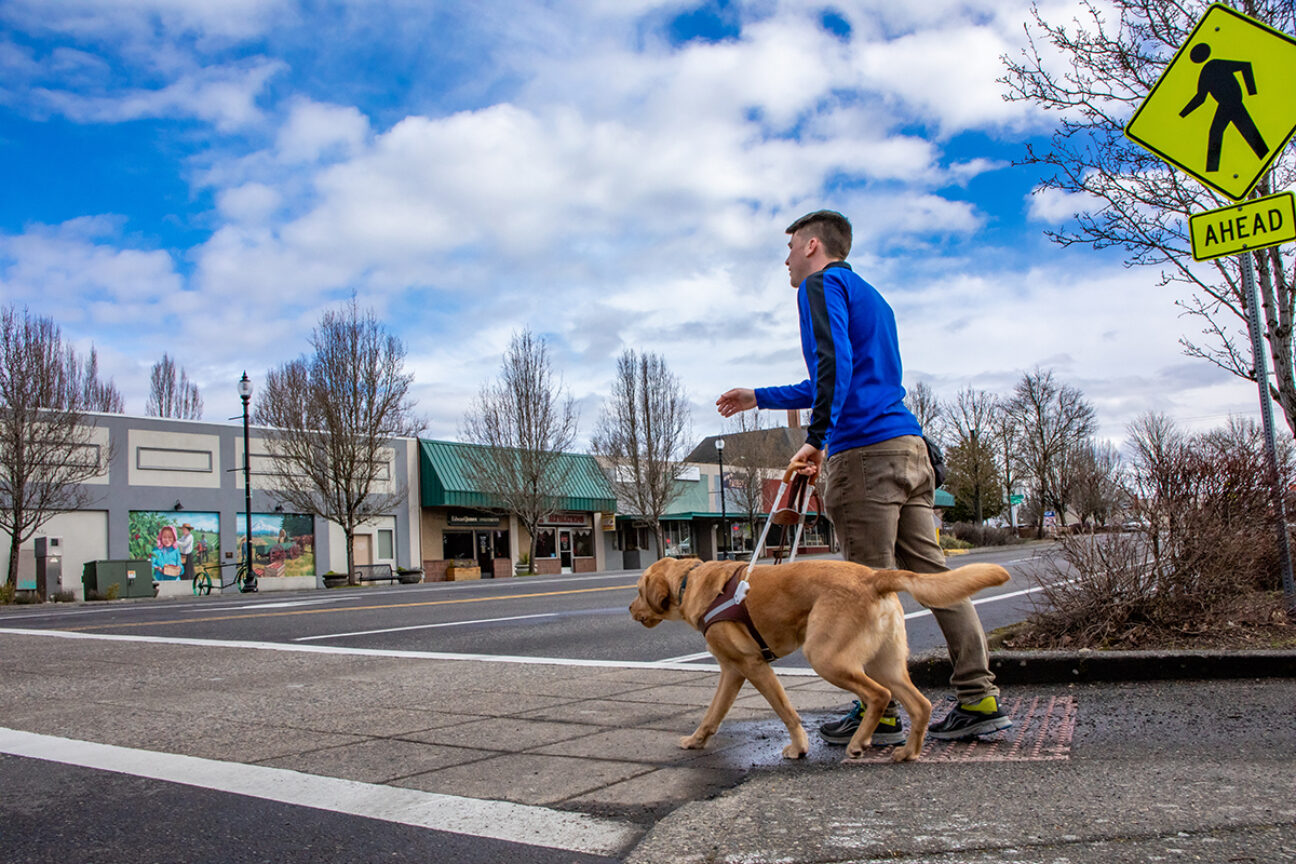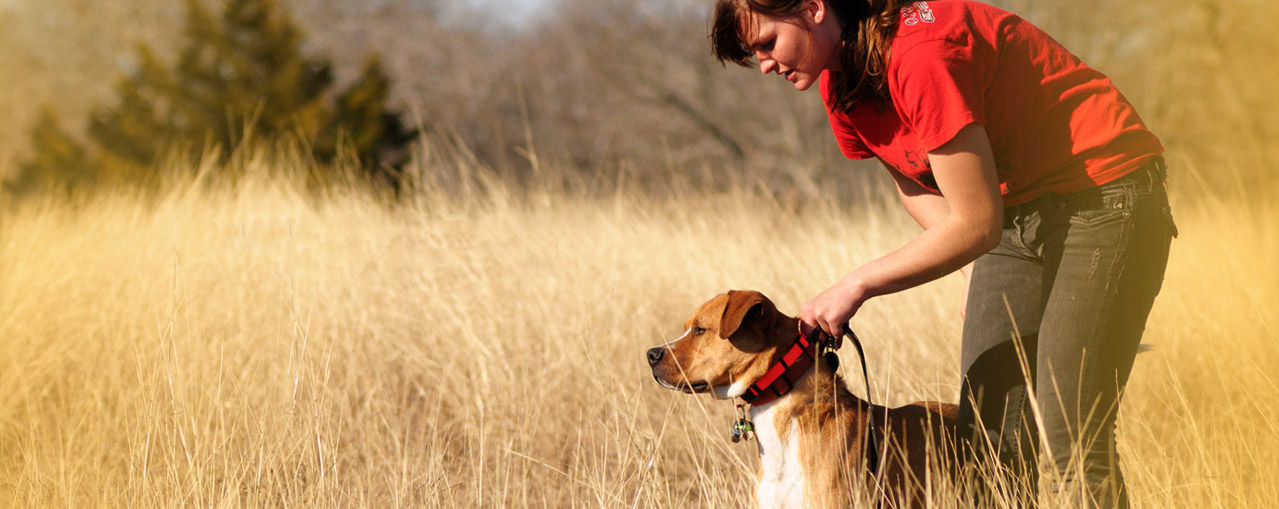Top Strategies for Effective Dog Training Techniques Every Pet Owner Should Know
Transform Your Canine's Actions With Proven Training Methods
Changing your pet's behavior needs a nuanced understanding of their private attributes and needs, as well as the application of proven training methods. Uniformity in your training strategy not just enhances obedience but likewise cultivates a much deeper bond of trust and regard between you and your pet.
Comprehending Dog Behavior
Recognizing canine habits is necessary for reliable training and interaction between people and their canine buddies. Canines, as social pets, show a range of habits affected by genes, environment, and experiences - Dog training. Acknowledging these habits assists proprietors tailor their training approaches to meet the specific demands of their canines
Key facets of canine actions include body language, articulations, and social interactions. In addition, socialization plays a crucial function in forming behavior; pet dogs that engage favorably with other pets and different individuals are typically much more well-adjusted and versatile.
Moreover, identifying stress signals-- such as pacing, evasion, or panting habits-- can prevent escalation right into much more severe concerns. Proprietors that are in harmony with their canine's actions can produce a safe and nurturing setting, promoting trust fund and improving the training process. Ultimately, a deep understanding of canine actions lays the foundation for a harmonious partnership and efficient training outcomes, guaranteeing both pet dogs and their owners flourish with each other.
Favorable Reinforcement Strategies
Favorable reinforcement methods are commonly acknowledged as one of the most reliable techniques for training pets, fostering a favorable knowing environment. This method involves gratifying wanted behaviors with treats, appreciation, or play, thus motivating the pet dog to repeat those habits. Unlike punitive methods, favorable reinforcement constructs count on and strengthens the bond between the canine and the fitness instructor.
Incentives should be provided quickly adhering to the wanted behavior to assist the canine make the link. Consistency is also crucial; utilizing the same commands and rewards assists the dog understand what is anticipated.
It is vital to keep in mind that positive support is not regarding bribery; rather, it has to do with strengthening etiquette. In time, as the pet dog learns to connect particular activities with positive results, the regularity of rewards can be progressively minimized, transitioning to verbal praise or periodic benefits. This approach not only urges obedience yet likewise promotes a certain and satisfied pet, making training a more pleasurable experience for both events included.
Resolving Usual Problems
Resolving typical problems during pet dog training is crucial for making certain a successful and unified partnership in between the pet and its owner. Many dog proprietors come across behavioral obstacles, such as excessive barking, jumping, and leash pulling. Understanding the origin triggers of these behaviors is vital for efficient training.
To reduce this, give adequate physical exercise, mental excitement, and possibilities for social communication with both human beings and other pet dogs. Training the dog to rest upon welcoming can redirect this actions positively.
Chain pulling is one more widespread concern, regularly resulting from a dog's enthusiasm to discover. Utilizing appropriate leash dealing with techniques, incorporated with training protocols that urge loose-leash strolling, can dramatically boost this habits.
In addition, problems like source safeguarding or separation anxiety require tailored approaches. Gradual desensitization and counter-conditioning can be efficient in attending to these challenges. By recognizing and proactively managing these common issues, canine owners can cultivate a more enjoyable training experience and enhance the bond with their canine buddies.
Consistency in Training

To achieve uniformity, it is vital that all participants of the house abide by the exact same training methods. As an example, using the exact same spoken signs and hand signals guarantees that the pet dog obtains consistent messages. In addition, the timing of improvements and incentives ought to be consistent; prompt reinforcement boosts the probability that the canine will connect the actions with the end result.
Normal method sessions, combined with organized routines for feeding, walking, and play, assistance pet dogs anticipate and understand their environment, making them much more responsive to training. Ultimately, uniformity promotes a feeling of protection and trust, empowering pets to discover much imp source more efficiently.
Structure a Strong Bond
Just how can cultivating a strong bond between a dog and its owner enhance the training experience? A solid partnership constructed on trust fund and regard acts as the foundation for efficient training. When a canine feels secure in its link with its proprietor, it is most likely to show favorable behaviors and be responsive to finding out. This bond motivates the canine to engage totally in training sessions, as it checks out the owner as a source of advice and assistance.
Moreover, a solid bond promotes far better interaction. Pet dogs are adept at reviewing human hints, and a relying on connection enables more clear signals during training. Proprietors who spend time in structure this bond with play, socialization, and favorable reinforcement produce an environment where pets feel eager and determined to learn.
Additionally, a reputable connection can lower stress and anxiety and behavior issues, as pet dogs are less likely to act out when they really feel comprehended and looked after. Focusing on the growth of a strong bond not only improves the training experience but additionally adds to a happier and extra well-adjusted dog. Eventually, the trip of training changes into a collective collaboration, leading to lasting behavioral renovations.
Conclusion

Owners who are attuned to their pet dog's habits can create a safe and caring atmosphere, fostering trust and boosting the training process. Ultimately, a deep understanding of canine behavior useful source lays the structure for an unified connection and efficient training outcomes, ensuring both pets and their proprietors flourish together.
Addressing usual problems during pet training is crucial for making certain a unified and successful relationship in between the canine and its owner.Uniformity is a foundation of effective pet dog training, as it establishes a clear structure for the pet dog to understand behaviors and assumptions.In final thought, transforming a pet dog's behavior with proven training techniques requires an understanding of canine actions, the application of positive reinforcement techniques, and visit this website an emphasis on uniformity.